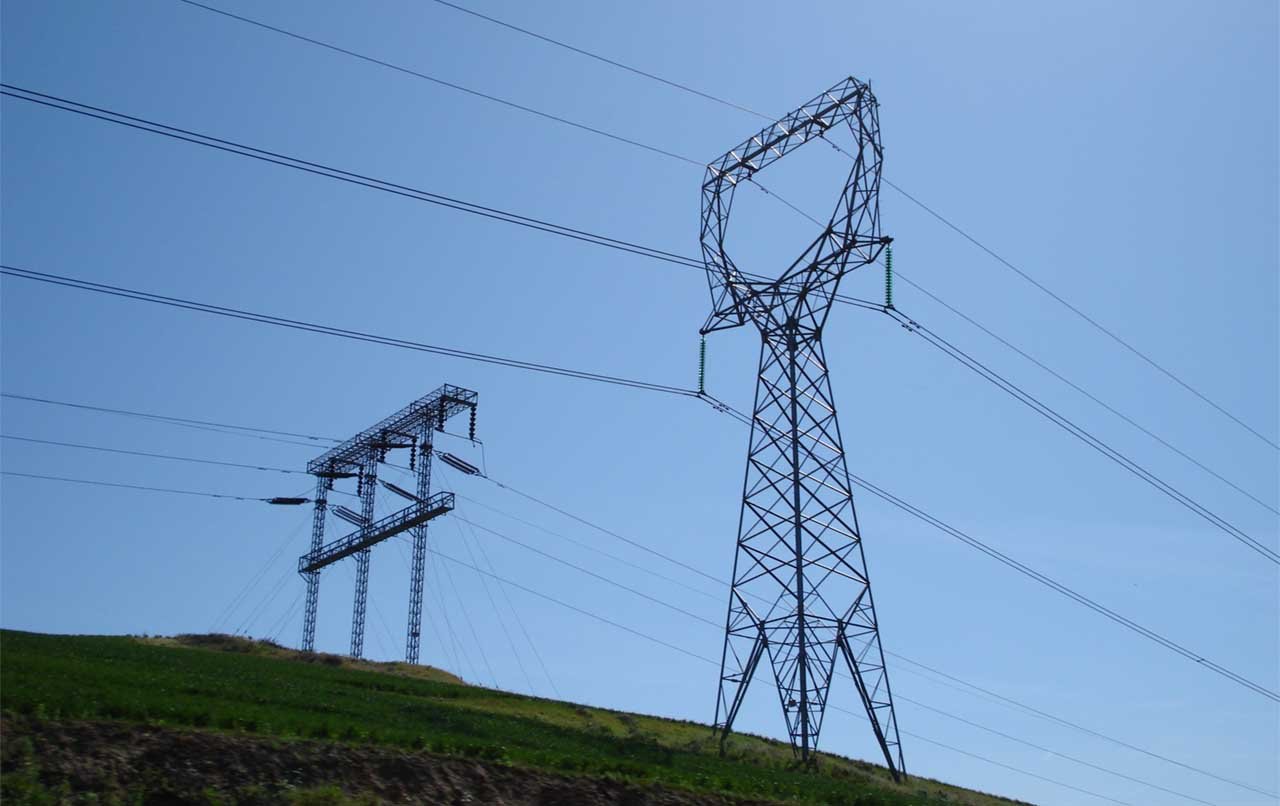Oregon Law Forces Power Companies to Use Technology That Delivers Cheaper, Faster Electricity

Oregon lawmakers have passed new legislation that requires utilities to use grid-enhancing technology on transmission lines to increase the efficiency, reliability, and capacity of power supplies.
According to the Department of Energy (DOE), grid-enhancing technology (GET) improves electricity supply ‘at a significantly lower cost.’ The DOE says introducing new transmission takes years of planning, involving sites, permits, and community acceptance. However, GET is emerging as a time-saving and technological solution.
Oregon lawmakers passed House Bill 3336 last week in the House by 41-12 and in the Senate by 23-4. They say GET will save ratepayers cash. It has gone to Governor Tina Kotek for ratification.
Grid-Enhancing Technology Will Ease Congestion
The technology comprises sensors, power flow control systems, and software designed to ease transmission congestion, enhance operational performance, and deliver real-time information to help operators make better decisions.
The technology also features advanced transmission lines, known as conductors, that can transmit substantially more electricity than traditional lines.
State transmission systems are currently operating at full capacity, forcing utilities and developers to experience wait periods to connect new projects to the grid.
Meanwhile, Oregon is expecting an increase of 30% in load growth iover the next decade, with a 100% load growth increase over the next 30 years as more data centers open, and demand for residential and electric vehicle power escalates.
House Bill 3336 calls on power utilities to file plans for using GET with the Oregon Public Utility Commission.
The plans must identify the most cost-effective grid-enhancing advances and be updated every two years. Power utilities must also ensure that the work can be achieved by the beginning of 2030.
Local governments will no longer be required to hold public hearings for the installation of GET technology.
House Bill 3336 was created by a working group that included representatives of utility companies, renewable energy organizations, and environmental and climate nonprofits.
